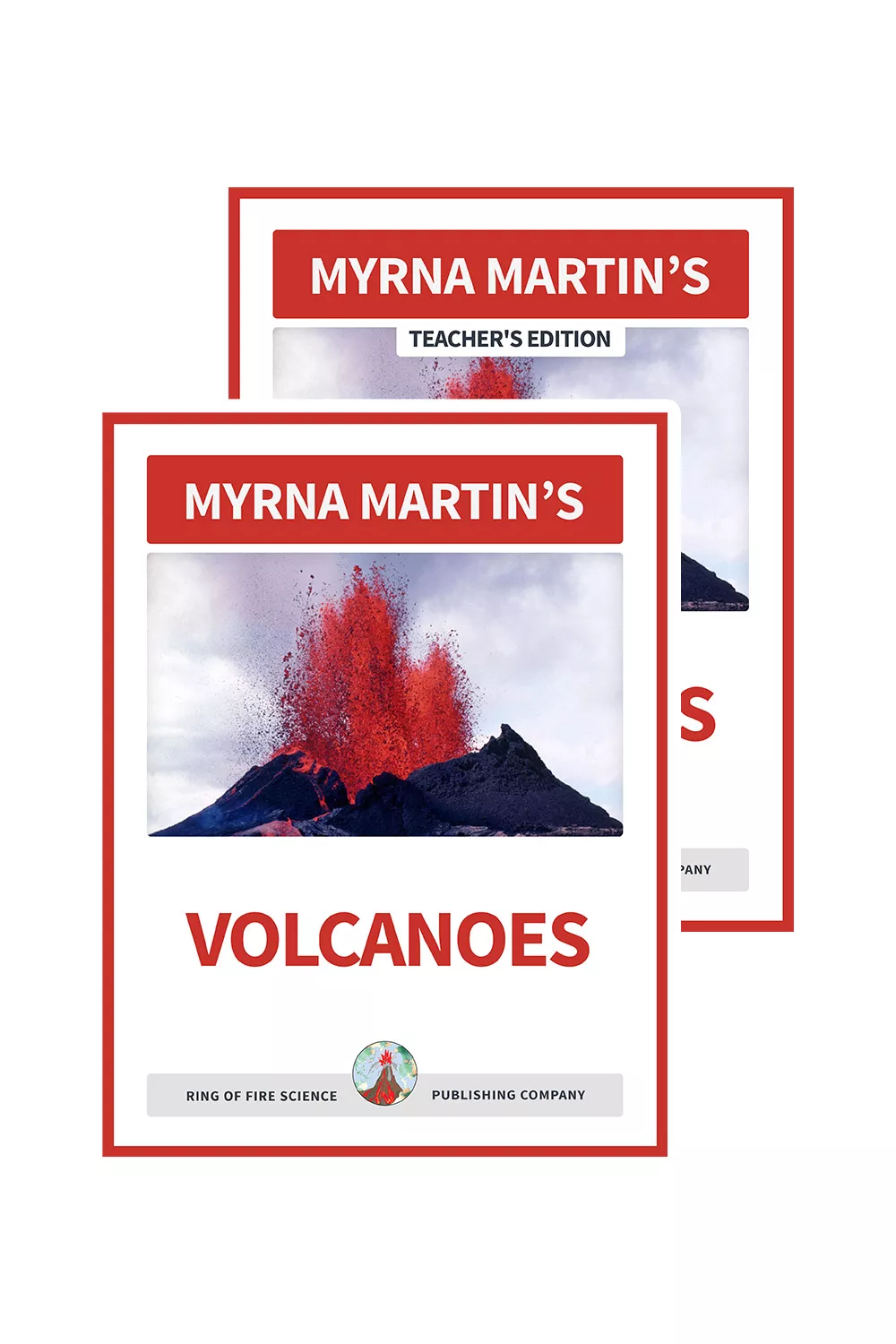Ignimbrite Formed
by Supervolcanoes
Ignimbrite is the poorly sorted materials deposited by a pyroclastic flow. Pyroclastic flows are the deadly volcanic events that sweep down the sides of volcanoes destroying everything in their path. Pyroclastic flows contain superheated gases and rock material that was part of an eruption column that collapsed.
Other times the flows are produced when a dome on the side of a composite volcano (stratovolcano) is pushed up enough to allow the gases and pyroclastic material to escape. These rocks are also associated with supervolcano eruptions that have covered hundreds of square kilometers with pyroclastic material.
Pyroclastic materials
Pyroclastic materials form as debris falls out of pyroclastic flows covering the ground with superheated material that is poorly sorted. Near the vent of the volcano larger volcanic blocks are mixed in with pumice, lapilli and ash.
The pyroclastic flows deposit smaller and smaller pieces of volcanic debris as the flows travel further away. When the pyroclastic flow has dropped enough of the heavier material out of the turbulent cloud it will literally flow upward into the air. The remaining pyroclastic material is carried away by the gases in the turbulent cloud.
The superheated materials on the ground contain volcanic ash, pumice, lapilli, glass shards and fragments of crystals. Patrick Marshall, a New Zealand geologist coined the term. The term ignimbrite means fiery rock dust cloud. He used igni meaning fire and imbri meaning rain which are two Latin terms to make up the new word.
Formations worldwide
Some ignimbrite deposits that are found worldwide are loose and unconsolidated rock formations. Others have three distinct layers. The top and bottom layers that were exposed to the ground and the air above the deposit cooled much faster and resemble sedimentary rock layers.
Welded tuff, the center layer, sometimes remains hot for years. The individual rock particles weld together in the welded tuff layer to form a dense hard rock used in construction. The picture above shows a rock building made of welded tuff cut stones.
KIDS FUN SCIENCE BOOKSTORE
 |
 |
Check out Myrna Martin's award winning textbooks, e-books, videos and rock sets. The Kids Fun Science Bookstore covers a wide range of earth science topics. Click here to browse.
Sign up to our monthly newsletter and receive our FREE eBook containing 3 fun activities that don’t appear in any of our other books!
The Kids Fun Science monthly newsletter will include the following: current events, weird and fantastic facts, a question of the month, science trivia and the latest new content from our website.
We respect your privacy and you can be assured that we will never share your email address or use it for any other purpose than to send you our newsletter.







